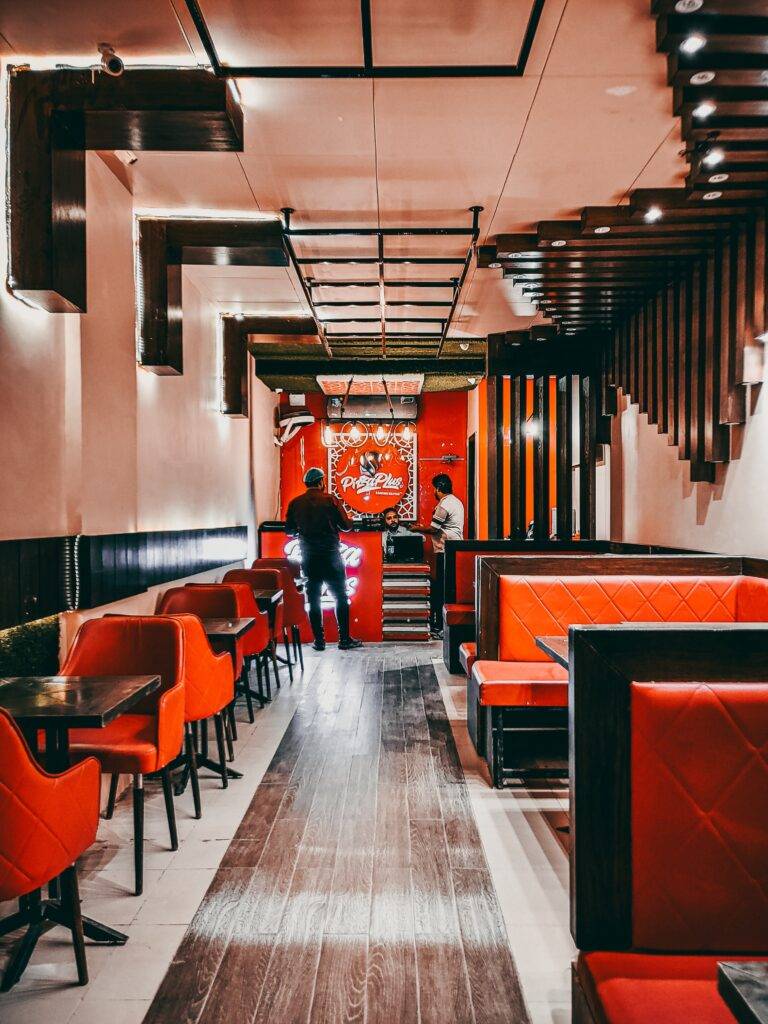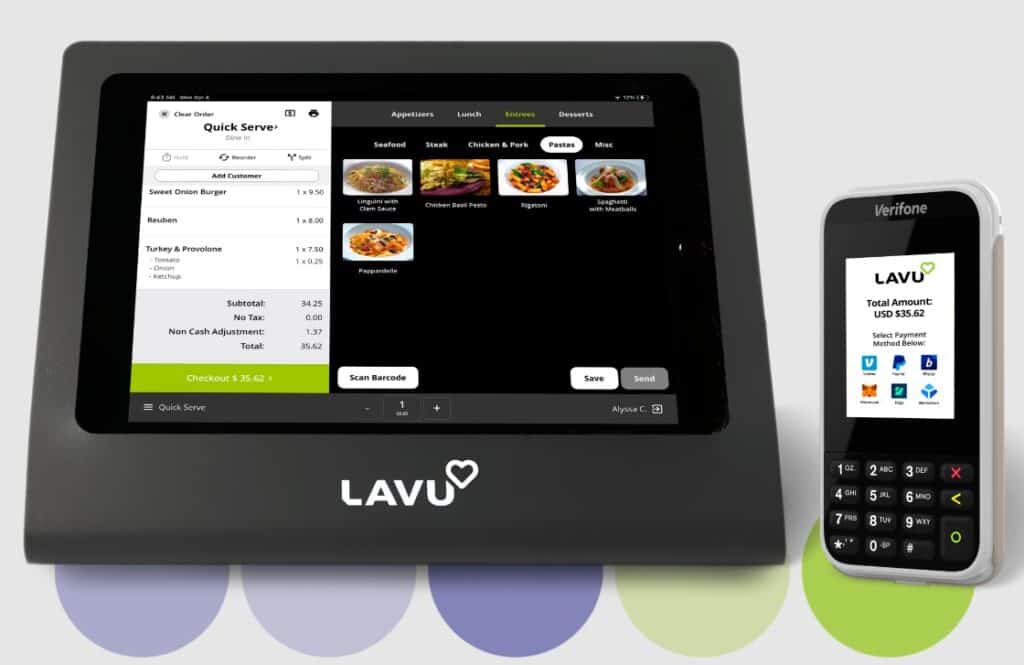Imagine a bustling and vibrant restaurant, filled with the delicious aroma of freshly prepared dishes. As you sit down and eagerly peruse the menu, your waiter appears with a smile and takes your order effortlessly on a handheld device. Within minutes, your food arrives at the table, perfectly cooked to your liking. How did this seamless dining experience come to be? The answer lies in the revolutionary technology known as a pos system for a restaurant. In this article, we will explore how these systems have transformed the way restaurants operate, enhancing efficiency, improving customer satisfaction, and ultimately revolutionizing the dining experience.
The Importance of POS Systems for Restaurants
POS systems have become an essential tool for restaurants in today’s fast-paced and highly competitive industry. The ability to efficiently manage orders, track inventory, and process payments has revolutionized the way restaurants operate. Gone are the days of handwritten orders and manual calculations; with a POS system, everything is streamlined and automated, resulting in improved efficiency and accuracy.

One of the key benefits of a POS system for restaurants is its ability to enhance customer service. With a POS system, waitstaff can take orders directly at the table using handheld devices, eliminating the need for handwritten notes that can easily get lost or misinterpreted. This not only speeds up the ordering process but also reduces the chances of errors in communication between staff members. Furthermore, a well-integrated POS system can provide real-time updates on menu availability and help identify customer preferences or dietary restrictions, allowing restaurants to personalize their service and create a better overall dining experience.
Another crucial aspect where a POS system plays a significant role is in restaurant inventory management. With an integrated POS system, managers can effortlessly keep track of stock levels and monitor ingredient usage patterns in real-time. This ensures that they always have adequate supplies on hand and can make informed decisions about order quantities. Additionally, automating inventory management saves time spent manually counting items or reconciling invoices with deliveries. As a result, restaurant owners can optimize their purchasing processes, minimize waste due to spoilage or expiration dates while ensuring they never run out of popular items during peak times.
Benefits of Using a POS System
A POS system can revolutionize how a restaurant operates, offering numerous benefits that can increase productivity and improve customer satisfaction. One of the key advantages is enhanced efficiency. With a POS system, staff no longer have to manually take orders and process payments, reducing human error and saving time. Orders are instantly transmitted to the kitchen, expediting food preparation and ensuring accuracy.
Furthermore, a restaurant POS system provides in-depth reporting and analytics capabilities that can help owners make informed decisions. By analyzing sales data, businesses can identify top-selling items, track inventory levels, and optimize menu offerings accordingly. This valuable information not only helps in controlling costs but also aids in better understanding customer preferences.
POS systems have an offline mode, so restaurants can keep running smoothly even if the internet goes down. This means customers won’t be affected, and important data won’t be lost. Cloud-based systems also let you access sales reports and inventory information remotely, whenever you want. If you want to make your restaurant more efficient and improve customer experiences, consider getting a good POS system. It can simplify payments, automate tasks, give you useful reports, and keep working even if there are technical problems. All of this can help your business make more money.
Features to Look for in a Restaurant POS
When choosing a restaurant POS system, look for features that can make your establishment more efficient. One important feature is integration with other systems. Your POS should connect with inventory management, online ordering, and accounting software. This saves time and ensures accurate and instant updates across all platforms.
Another crucial feature is flexible menu management. A good POS system should let you easily change your menu, add new items, or adjust prices. This is important in the restaurant industry where menus change often based on customer preferences and market trends. With a reliable POS solution, you can stay ahead of the curve and keep your menu up to date at all times.
Finally, consider a POS system that offers extensive reporting capabilities. Our reporting features provide valuable business intelligence to help you make better decisions. You can see sales analytics, employee performance metrics, and customer data insights. These reports show important information like popular dishes and peak hours, so you can optimize operations for maximum profit.
When choosing a restaurant POS system, focus on features like easy integration with other systems, flexible menu management, and advanced reporting. By investing in a robust POS solution that incorporates these features seamlessly into your operations
Power Up Your Business with Secure, Affordable,
and Efficient Payment Solutions
How to Choose the Right POS System
When it comes to choosing the right POS system for your restaurant, there are a few key factors to consider. First and foremost, you need a system that is tailored specifically to the needs of your business. This means evaluating features such as table management, menu customization, and real-time reporting that will enable you to run your operations smoothly.
In addition, it’s important to think about the long-term scalability of the POS system. As your restaurant grows, you may want to expand into multiple locations or add online ordering capabilities. Look for a system that can easily accommodate these future needs.

Another crucial factor to consider is integration with other systems in your restaurant. A POS system should seamlessly integrate with your kitchen display system, inventory management software, and accounting tools. This will help streamline and automate processes in order to reduce errors and increase efficiency.
To choose the right POS system for your restaurant, carefully evaluate its features and suitability for your business needs. Consider customization options, scalability potential, and integration capabilities. This will help you make an informed decision that supports long-term growth and success.
Implementing a POS System in Your Restaurant
Implementing a modern Point of Sale (POS) system in your restaurant can revolutionize your operations and take your business to new heights. Gone are the days of manually punching in orders and keeping track of inventory with pen and paper. A POS system not only streamlines these processes but also provides invaluable insights into your restaurant’s performance.
One key advantage of implementing a POS system is enhanced order accuracy. By allowing servers to input orders directly into the system, you eliminate the risk of manual errors or miscommunication between the kitchen staff and waitstaff. This ensures that customers receive exactly what they ordered, leading to improved customer satisfaction and avoiding costly mistakes.
A good POS system can give you sales reports and data on customer preferences, peak hours, and popular menu items. With this information, you can make smart decisions about menu changes and pricing strategies based on real-time feedback from customers. This tool helps restaurant owners and managers improve their business operations and provide a great dining experience for customers.
In conclusion, using a POS system in your restaurant is necessary to stay competitive in the fast-paced industry. By investing in this technology, you can save time on administrative tasks, reduce errors in order processing, gain important insights into your business performance, and provide better service to your customers. Embrace technology as an ally that will help drive success for your restaurant.
Conclusion: The Future of POS Systems for Restaurants
In conclusion, the future of POS systems for restaurants looks incredibly promising. As technology continues to advance at an exponential rate, we can expect to see even more innovative features and capabilities integrated into these systems. One exciting trend that is likely to take off in the coming years is the integration of artificial intelligence (AI) and machine learning algorithms into POS systems. This would enable restaurants to automate many mundane tasks and streamline their operations further. AI-powered POS systems could analyze customer data, generate personalized recommendations, and even anticipate peak times for customer traffic.
Another exciting development on the horizon is the rise of mobile POS systems. With smartphones becoming increasingly prevalent in our daily lives, it only makes sense that restaurant owners would leverage this technology as a way to enhance their business operations. Mobile POS solutions offer various benefits such as faster table turnover, increased efficiency during peak hours, and improved customer experience with enhanced payment options right at their fingertips.
Additionally, we can expect POS systems to continue evolving towards cloud-based solutions. Cloud-based platforms provide several advantages over traditional on-premise software, including remote access from anywhere with an internet connection and automatic backups that eliminate data loss concerns. This scalability also allows restaurant owners to easily expand or downsize their business without having to invest in costly hardware installations.
The future of POS systems for restaurants is undoubtedly bright as businesses seek more efficient ways of managing transactions and enhancing customer experiences. By embracing AI technologies, leveraging mobile capabilities, and adopting cloud-based solutions, restaurant owners can gain a competitive edge in a very competitive industry.



